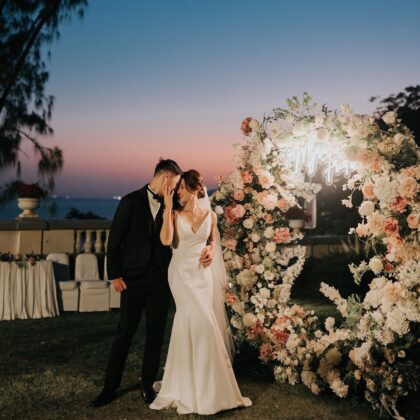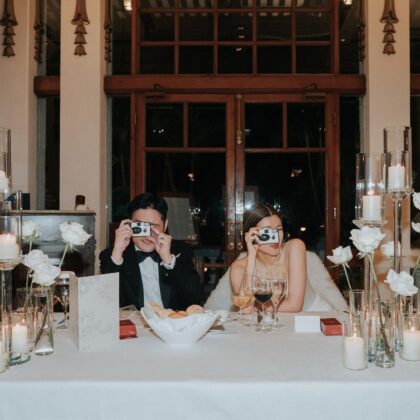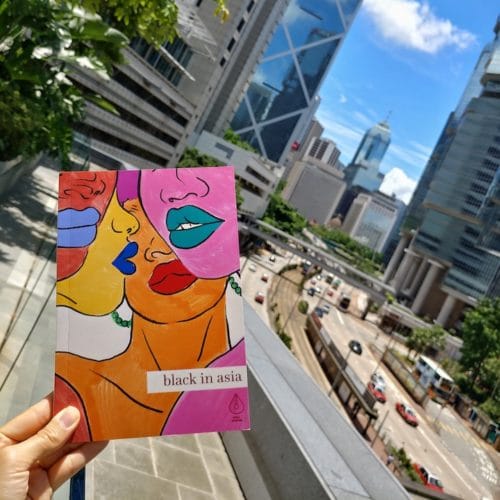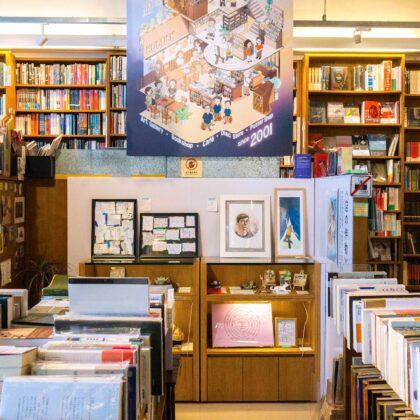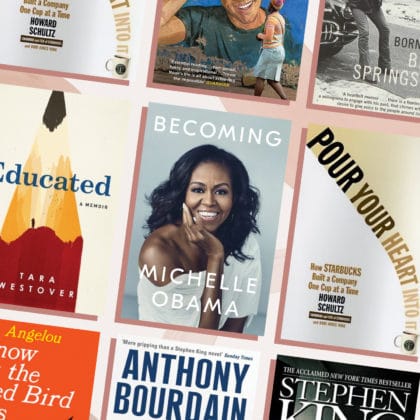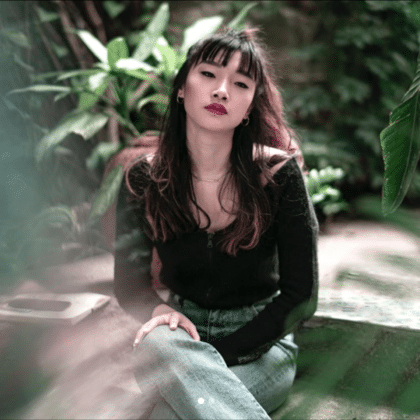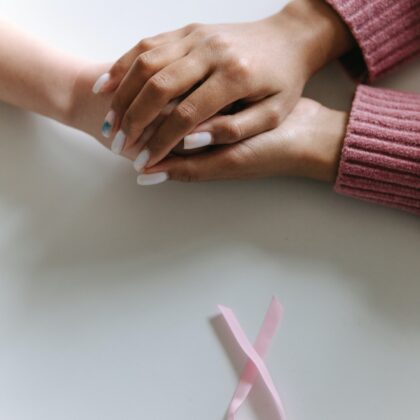Tiffany Huang, Founder of Spill Stories shares what “Black in Asia” brings to readers from the East and West, discusses the reality of racism in Asia and more…
“Black in Asia” is an anthology of 22 Black writers sharing their experiences across Asia. You’ll find stories from Hong Kong, Seoul, Singapore, Taiwan, mainland China, Myanmar, Mongolia, Japan, Thailand and Vietnam. It covers a wide range of writing styles, topics and experiences. Some are light, easy, humorous reads, whilst others encourage you to consider the realities of living in Asia as a person of colour. The social topics can provide a sense of catharsis and, depending on your own experiences, can make you question your own unconscious biases (these Harvard Implicit Association Tests are a helpful way to explore what automatic preferences you could be harbouring).
We chatted to Tiffany Huang about “Black in Asia” and Spill Stories, the social media platform that made it happen. The book reminds us of the importance of storytelling and the growth that comes from listening, proving that representation – and stories – matter.
Read more: That Girl – Mui Thomas From The Girl Behind The Face
https://www.instagram.com/p/CDdARjDjH6t/
What encouraged you to start Spill Stories?
Spill Stories is a storytelling platform that collects prose and poetry from “womxn” of colour worldwide. I started it in 2018, hoping to amplify underrepresented voices in mainstream media through personal, honest and vulnerable stories. Over the last nearly three years, we’ve shared stories from over 110 writers around the world and hosted writers workshops, spoken word performances, and events celebrating content creators.
How did “Black in Asia”, an anthology of stories across Asia come about?
Before diving into the book, I want to provide a caveat that I do not seek to be an expert on race relations. I am also not Black, so there’s a lot I won’t pretend to understand. I am just a Taiwanese American writer who loves personal stories. This project came to life thanks to the collective work of all of the writers, and they deserve all the credit.
With that being said, in March, we held a workshop on the topic of Black in Asia. A couple of writers and I thought it would be a worthwhile topic to explore. We hosted a virtual writers workshop with around a dozen writers, with Seoul-based South African writer Boipelo Seswane as our facilitator. In May, following George Floyd’s murder, the writers and I agreed to share the stories as social media content to provide non-US centric perspectives supporting the Black Lives Matter movement. To our surprise, it was met with a huge outpouring of support. People were really interested in the stories. More people wanted to write in. We eventually collected the 23 stories, which you can find in the anthology.
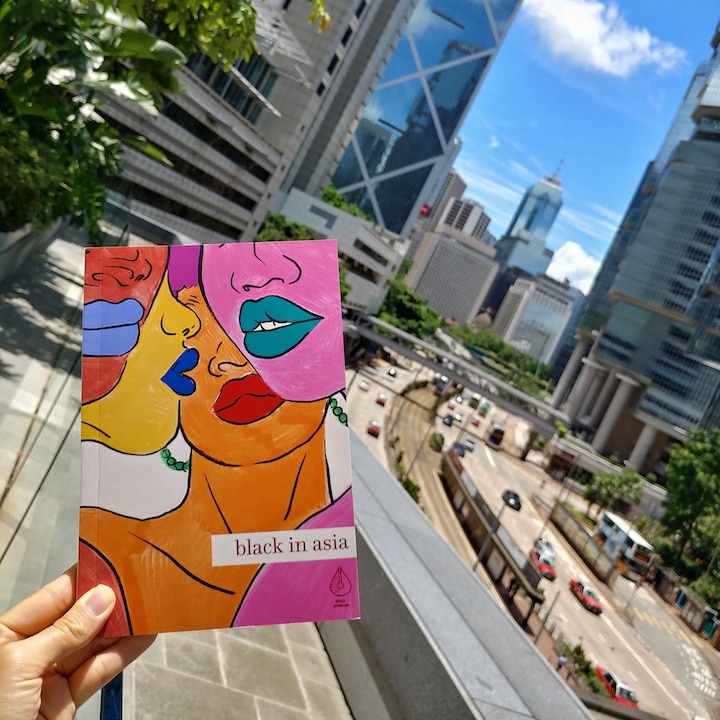
As a little preview to the book, can you tell us a little about some of the stories?
There’s a huge range! While most of the stories are by women, there are a handful of stories by men too. Jessica O. Acholonu’s story delves into a woman’s homemade hair care routine in Myanmar. Bernise Springer’s story is about a Taiwanese woman who takes a writer to a temple to pray for her skin to be lighter. Melissa Watkins urges readers to recognise that her Blackness is not a trend, and examines cultural appropriation as a resident of Seoul. James Yao Acey’s story pushes the audience to ask themselves whether BLM is a fad, or if people are really vested in racial justice in the long term. There is no monolithic “Black” experience, and the writers come from countries such as the US, Nigeria, St. Lucia, Zimbabwe and the Democratic Republic of Congo.
What does the book mean to you? Why is it so necessary to share these stories?
For readers in the West, the book provides a much-needed lens on race that is not focused on the world they inhabit. For readers in Asia, I think this book can help people have conversations on race, since many folks in Asia lack exposure to ethnic minorities and are often not educated about race.
A 2016 survey by Hong Kong Federation of Youth Groups found that nearly 63 per cent of Hongkongers aged 15 to 34 said they had not made contact with ethnic minorities in the past year.
As part of Hong Kong International Literary Festival, one of our writers, Lois Orekoya, facilitated several creative writing workshops with students at St. Stephen’s Girls College and Australian International School Hong Kong to help them reflect on what it means to meet people who are different from them. Lois and Harmony “Anne-Marie” Ilunga (another “Black in Asia” writer and entrepreneur) also spoke on a panel called “How To Talk About Race” for the literary festival. We also organised book launch events in Hong Kong, Taipei and Seoul, drawing in audiences of over 150 people. During our launch events, we translated copies of stories into local languages for attendees to follow along.
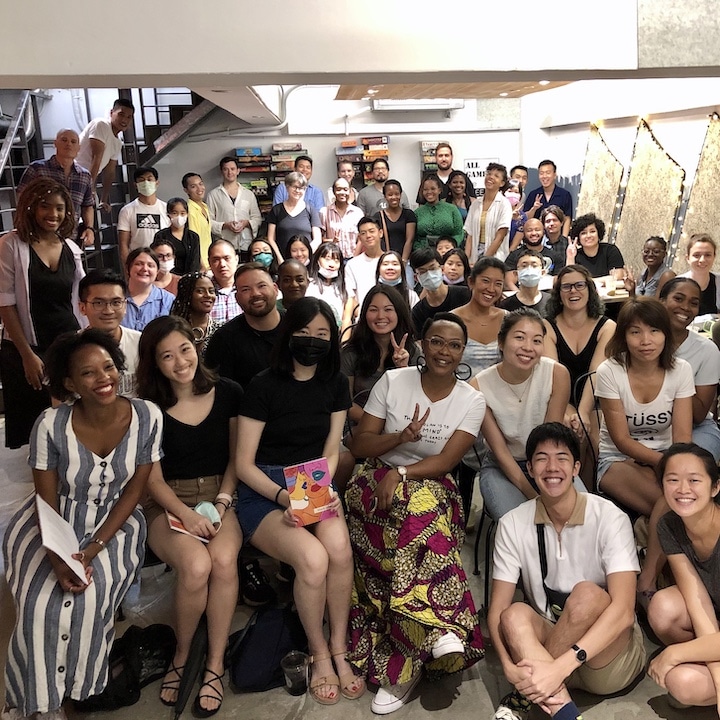
How does the book stand in the current 2020 climate?
Whether it was published in 2020 or 1920, “Black in Asia” would still be relevant because racism and anti-Blackness has persisted in Asia for centuries.
You call Spill Stories “a storytelling platform uniting womxn of colour around the world”. Do you think issues of race are viewed differently in Asia?
Some people in Asia think Black Lives Matter is irrelevant to Asia because there are not as many Black people here as there are in the States or the UK. While the framework of race relations in the US cannot be applied across the rest of the world, racism is endemic in Asia. In the West, the framework for racism is framed in relation to whiteness, hence terms like ‘people of colour.’ In Asia, many countries/regions like Hong Kong are homogeneous, and the conversation is more about the ethnic majority versus ethnic minorities. Colourism is rampant within most, if not all, Asian countries, with lighter-skinned people often deemed as most attractive. Even countries that are considered ethnically “diverse” are segregated, and we shouldn’t equivocate diversity with equality.
In spite of the fact that 8% of Hong Kong is made up of ethnic minorities, and domestic helpers comprise 10% of the workforce (390,000+ people), racism goes unnoticed, accepted or, at worst, encouraged, rather than discussed and deconstructed.
Many ethnic minorities are treated poorly because there is inconsistent education about race in Hong Kong schools. I’ve heard stories where cab drivers refuse to stop for them, shopkeepers follow them around stores, and families will pull their kids away from them in the streets.
Another complicated layer of racism in Hong Kong is that there is an “expat” versus “immigrant” dichotomy, where darker-skinned folks are typically seen as the latter and therefore treated more poorly than someone who is Caucasian. We haven’t even gotten to anti-Blackness yet, which is a distinct flavour of racism that differs from the treatment that a South or Southeast Asian person may receive. Anti-Blackness is perpetuated through negative stereotypes about Black people through the media and word of mouth. In fact, anti-Blackness is often shared among ethnic minorities and the ethnic majority. However, anti-Blackness does not necessarily stem from hatred or malice, such as in the States. Our writer Erica K Butler shared how she feels safer in Asia versus the States, given stronger gun control laws and the fact that people’s lack of exposure and education does not directly put her life in danger.
There’s a lot to examine. I’m not an expert on race in Asia, but I would bet many people are uncomfortable even thinking about race because they’ve never had to critically confront this topic in their lives. The writers and I hope the book helps people start the conversation and introspection.
Editor’s Note: Read more on this topic within the preface to “Black in Asia”.
On a personal note, what are your favourite books, podcasts, documentaries and movies that delve into race, gender and identity?
There is a great social post here that offers 7 weeks of self-directed anti-racist education. Each week has a book, essay, speech, social media activity, movie, tv show, podcast and introspective exercise for people to complete. Ariana Magazine is a fantastic not-for-profit, bilingual magazine that explores social justice issues across Asia, with a focus on Hong Kong and Macao. Everyone should also go follow Harmony HK, a refugee-curated social enterprise which promotes diversity and inclusion through art and fashion in Hong Kong, founded by one of our “Black in Asia” writers, Harmony Ilunga.
Where can we buy “Black in Asia”?
The book can be bought via our website or on Amazon. We will also be printing a second batch soon and distributing the book to local independent bookstores like ACO in Hong Kong.
What’s the next goal with Spill Stories?
For “Black in Asia”, the writers and I would love to translate the book into other languages, but haven’t found translators yet who can commit to the entire book. We seek to promote stories from diverse womxn to encourage nuanced views on social topics. To live up to this mission, we are expanding the Spill Stories leadership team to include more folks from different backgrounds. I also recognise there are shortcomings to the term “women of colour”, which is designed for a Western context. To work with writers worldwide, we may need to change the term without sacrificing our vision. I’d like to also invest in building two-way engagement between readers and writers, but am simply stuck due to lack of capacity. I’m always looking for help – if interested, I would love for you to get in touch via [email protected].
All photos courtesy of Spill Stories, taken by Linda Cheung.



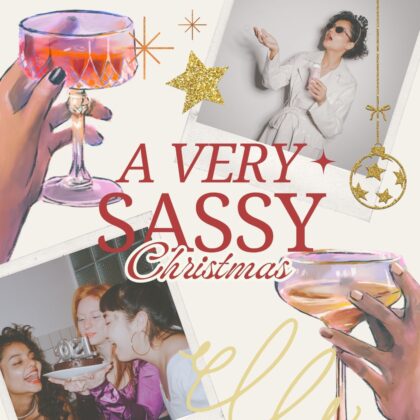

 Eat & Drink
Eat & Drink



 Travel
Travel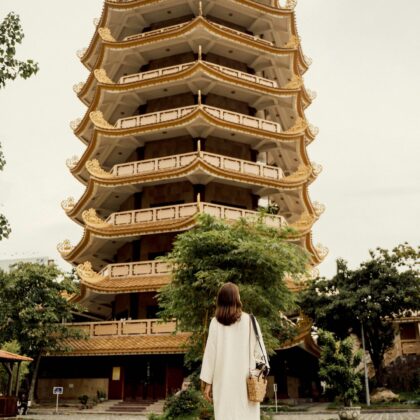
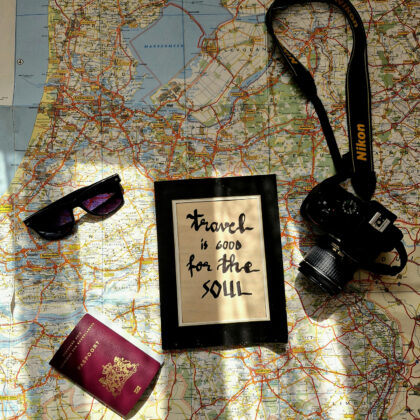
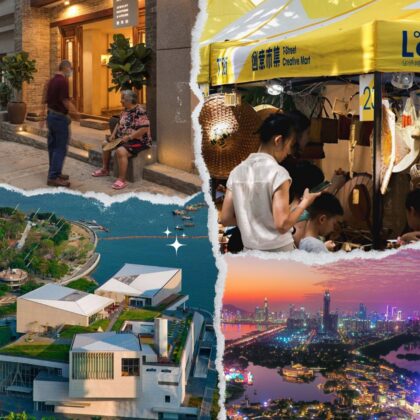

 Style
Style
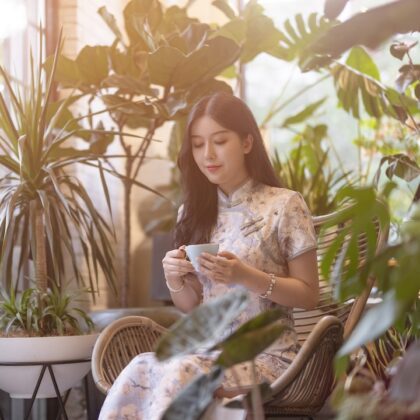
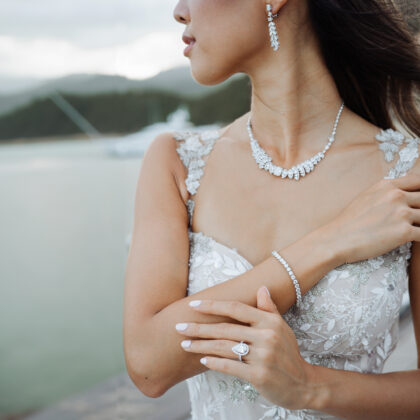

 Beauty
Beauty


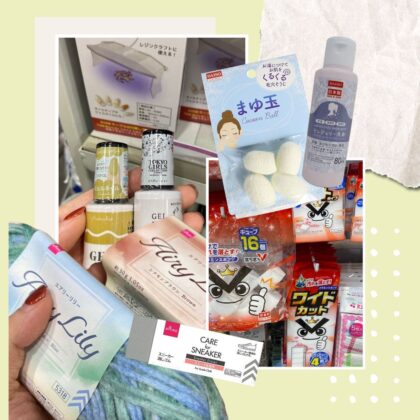
 Health & Wellness
Health & Wellness
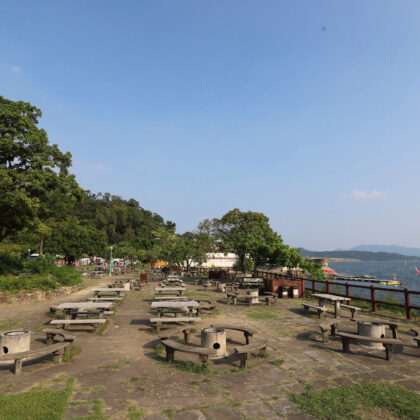


 Home & Decor
Home & Decor


 Lifestyle
Lifestyle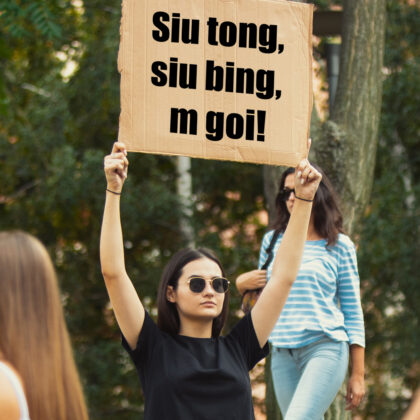
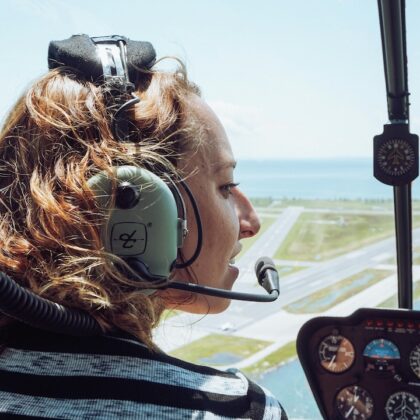

 Weddings
Weddings
